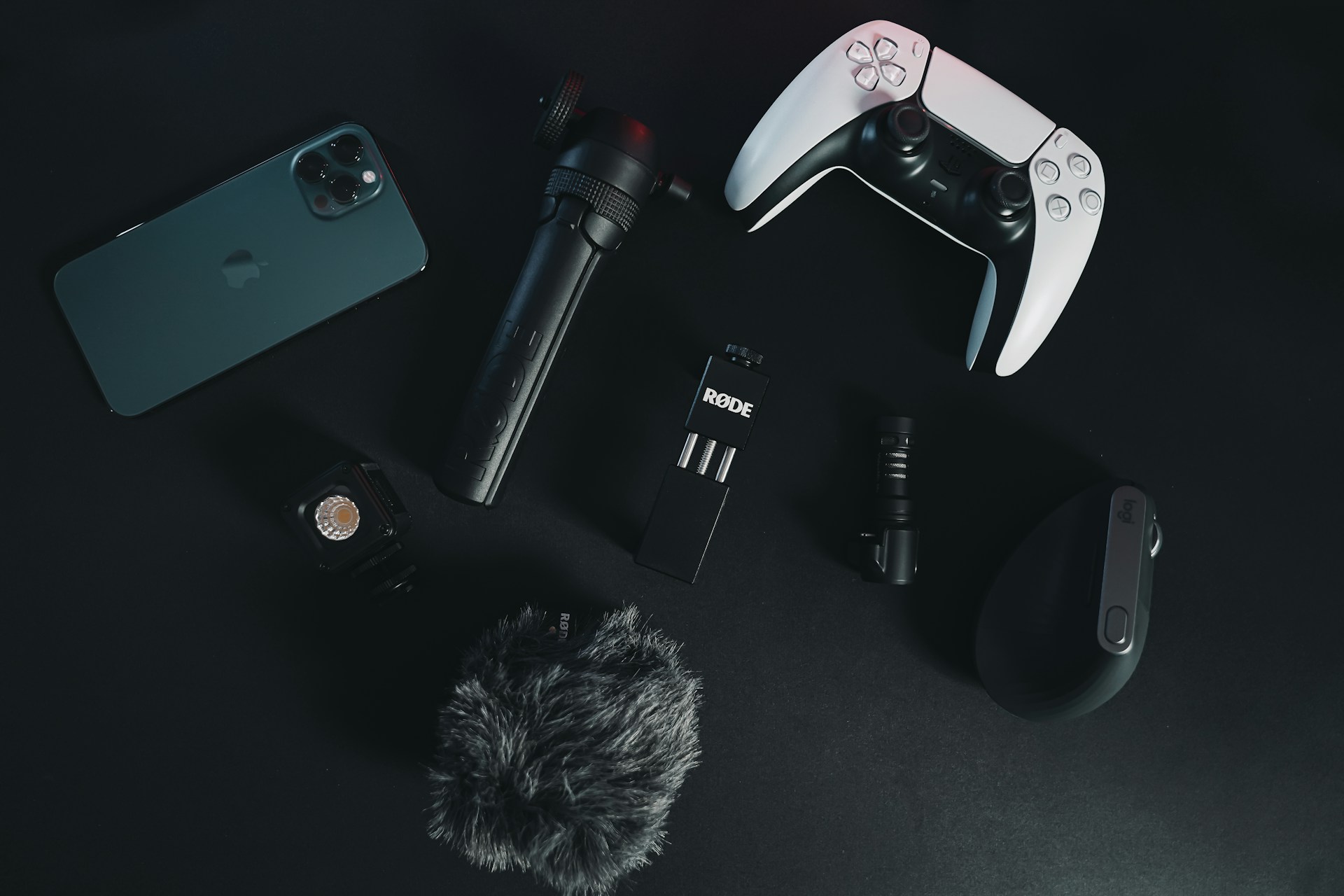Finding the best mobile microphone can significantly boost your audio quality, whether you’re starting a podcast, live streaming, or simply recording voice notes and interviews. While the built-in microphones on phones can work for casual use, dedicated mobile microphones offer clearer, more professional sound. These compact devices are ideal for content creators who need reliable audio without carrying bulky equipment, making them perfect for bloggers, YouTubers, musicians, and podcasters alike.
Modern mobile microphones often come with features like charging cases, ensuring they are always powered and ready for use, making them excellent companions for travel or outdoor recording sessions. If you’re looking to elevate your audio game, we’ve compiled a list of some of the best mobile microphones for 2024. These options cater to a range of recording needs, from live streams to podcast episodes, and include both complete microphone systems and wireless lavalier mics.
Lavalier Microphones
One of the standout benefits of lavalier microphones, also known as lapel mics, is their size. Their small, discreet profile makes them perfect for on-camera presentations, allowing you to move freely while maintaining consistent audio quality. Whether you’re a TikTok creator or a vlogger, a lavalier mic is a must-have in your gear bag. Many wireless options come with convenient adapters, freeing you from the hassle of cables.
However, lavalier mics are typically limited to capturing the audio of the person wearing them. If you’re recording a conversation with multiple people, you’ll need a mic for each participant, which can increase costs. Fortunately, the market is competitive, and you can find reliable lavalier mics for as little as $14.95. One example is the Boya BY-M1, which offers a long cord and useful connectivity accessories. While budget-friendly options like this are great, it’s often worth spending a bit more for a mic that lasts longer, is more versatile, or delivers better sound quality.
Best 3.5mm Phone Mic: Rode Lavalier II
The Rode Lavalier II is a sleek, low-profile microphone that delivers excellent sound quality. Priced at $99, it sits comfortably between budget and high-end lavalier microphones. While it’s not a wireless mic, its sound quality alone makes it easy to recommend. Additionally, it comes with a rugged carrying case and a variety of accessories, making it a solid option for content creators.
For even more versatility, you can pair it with Rode’s AI Micro interface, priced at $79. This device allows you to easily connect the mic to iPhones, Android phones, or even PCs, and supports a second microphone—perfect for interviews or podcasting.
Best USB-C Phone Mic: Sennheiser Pro Audio Condenser Microphone, XS Lav USB-C
Sennheiser’s XS Lav USB-C microphone is an excellent option for those seeking affordability and quality. Priced at $60, this lavalier mic plugs directly into your phone or laptop via USB-C, eliminating the need for additional adapters. This not only reduces costs but also simplifies the recording process. The mic comes with a 2-meter cable, giving you flexibility in positioning and framing during recording sessions.
A Look at Wireless Microphones
In recent years, the market has seen a surge in wireless microphone systems for mobile devices, and one of the best options is DJI’s Mic 2 system. This system offers notable upgrades over its predecessor, including the ability to connect directly to your smartphone via Bluetooth. It also features improved AI noise reduction and a larger touchscreen for easy control.
Understanding Adapters
When working with mobile audio accessories, one of the first challenges you might encounter is dealing with different connector types, particularly TRRS and TRS connectors. TRS connectors, recognizable by their two black bands, are the standard for traditional headphones, while TRRS connectors, with three black bands, are used for headsets with inline microphones.
For content creators, this can pose a minor inconvenience, as many lavalier microphones use TRS connectors, which won’t work with a phone’s headphone adapter. Some lavalier mics come with the necessary adapters, but if not, you’ll need to purchase a TRS to TRRS adapter. On the flip side, if your microphone is designed specifically for smartphones and uses a TRRS connector, you might need a reverse adapter to use it with other devices like DSLRs.
In conclusion, whether you’re recording solo or with others, there’s a mobile microphone to suit your needs. By investing in the right gear, you can ensure your recordings sound professional, no matter where you are.
